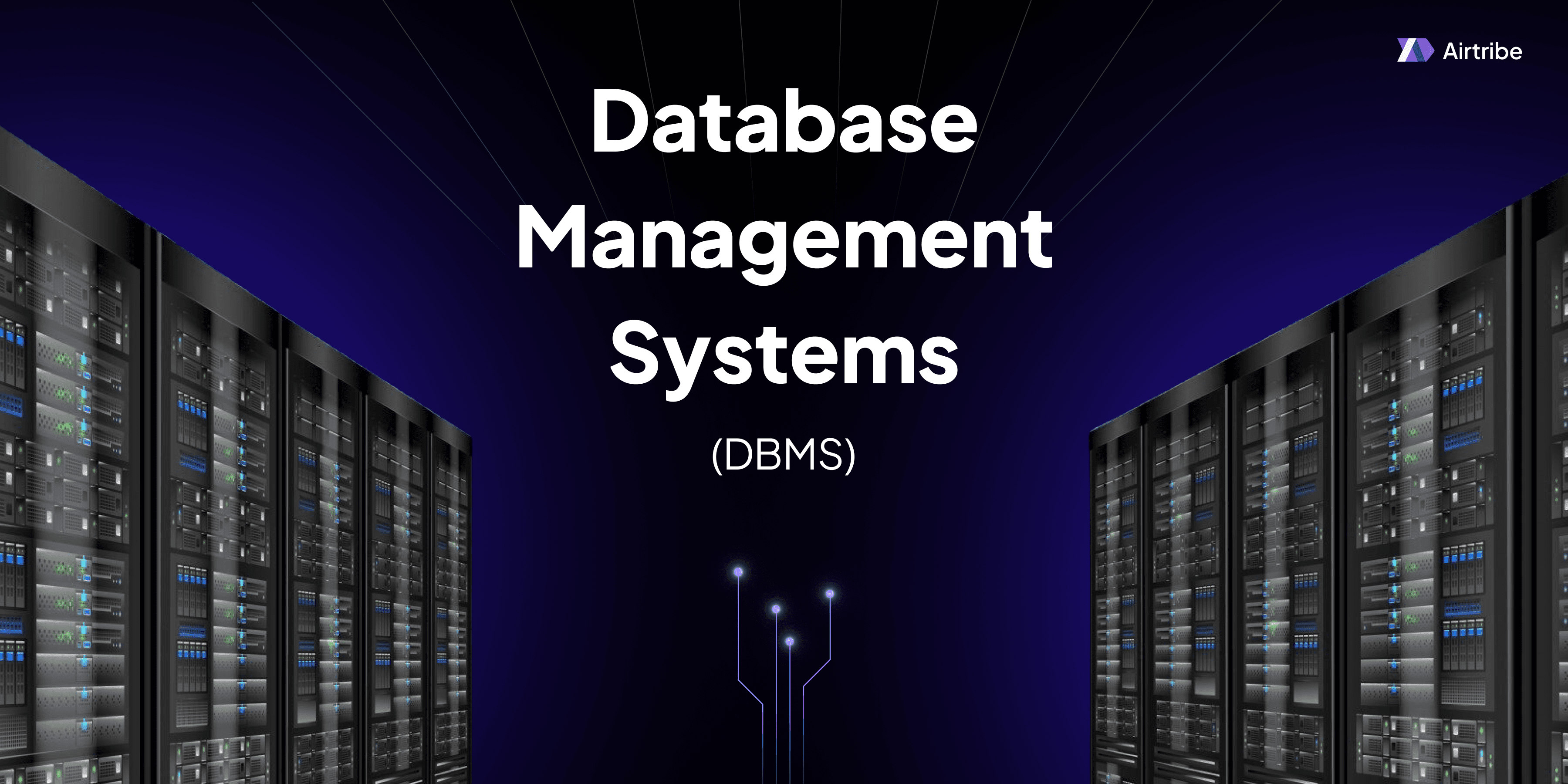ACID properties

Understanding ACID Properties in Database Transactions
When dealing with databases, ensuring the reliability and consistency of data operations is crucial. The ACID properties are key principles in database management systems that guarantee safe and reliable transaction processing, especially when transactions are executed concurrently.
Core Concepts and Theory
Overview of ACID Properties
The ACID acronym stands for Atomicity, Consistency, Isolation, and Durability. These properties define a set of guidelines that databases use to manage transaction processing effectively.
Atomicity:
- This property ensures that a series of database operations within a transaction are completed entirely or not at all. If one part of the transaction fails, the entire transaction fails, and the database state remains unchanged.
- Example: In transferring funds between two bank accounts, either the withdrawal and the deposit are both executed, or neither is executed, thus maintaining correctness.
Consistency:
- Consistency means that a transaction will bring the database from one valid state to another, maintaining all predefined rules and constraints.
- Example: A record in a database should not have any undefined or orphaned references violating referential integrity.
Isolation:
- Isolation ensures that the concurrent execution of transactions leaves the database in the same state that would be obtained if transactions were executed serially, one after the other.
- This can involve implementing locking mechanisms to control access to data objects.
- Example: Two transactions updating the same account balance do not interfere with each other.
Durability:
- Once a transaction has been committed, it will remain so, even in the event of system failures. This typically involves writing to non-volatile storage.
- Example: Once the confirmation of a complete transaction is received, the transaction's effects should persist in the database.
Practical Applications
In modern database systems, implementing ACID properties is critical to ensure data integrity and reliability, especially in applications like banking systems, inventory management, and reservation systems where data consistency is essential.
Code Implementation and Demonstrations
Consider a basic transaction in SQL that deducts from one account and adds to another, encapsulating the essence of ACID properties.
BEGIN;
UPDATE accounts SET balance = balance - 100 WHERE account_id = 1;
UPDATE accounts SET balance = balance + 100 WHERE account_id = 2;
COMMIT;
- Atomicity: If any of the
UPDATEstatements fail, theBEGINtoCOMMITblock ensures that none of the steps are applied. - Consistency: The total sum of balances remains consistent before and after the transaction.
- Isolation: The transaction must ensure that its intermediate steps are not visible to other transactions.
- Durability: Once the
COMMITis executed, the changes made by the transaction become permanent.
Comparison and Analysis
While ACID properties are fundamental to traditional relational databases, in distributed databases and NoSQL databases, there might be compromises on some of these properties for scalability and performance reasons. This is where the CAP theorem (Consistency, Availability, Partition tolerance) often intersects with ACID as a reference point for building distributed systems.
| Property | Relational Databases | NoSQL Databases |
|---|---|---|
| Atomicity | Fully Supported | Partially Supported |
| Consistency | Fully Supported | Eventual Consistency |
| Isolation | Fully Supported | Variable Support |
| Durability | Fully Supported | Variable Support |
Additional Resources and References
- "Database System Concepts" by Silberschatz, Korth, and Sudarshan provides a foundational understanding of database systems and includes discussions on ACID properties.
- The PostgreSQL official documentation offers real-world insights into transaction handling and ACID properties PostgreSQL Transactions.
- For comparisons of ACID and BASE (Basically Available, Soft state, Eventually consistent) systems, explore articles on distributed database management.
The understanding of ACID properties forms the bedrock of creating reliable and robust applications that manage data integrity, especially in environments demanding high transactional correctness and reliability. Mastery of these concepts is essential for software developers and database administrators alike.


